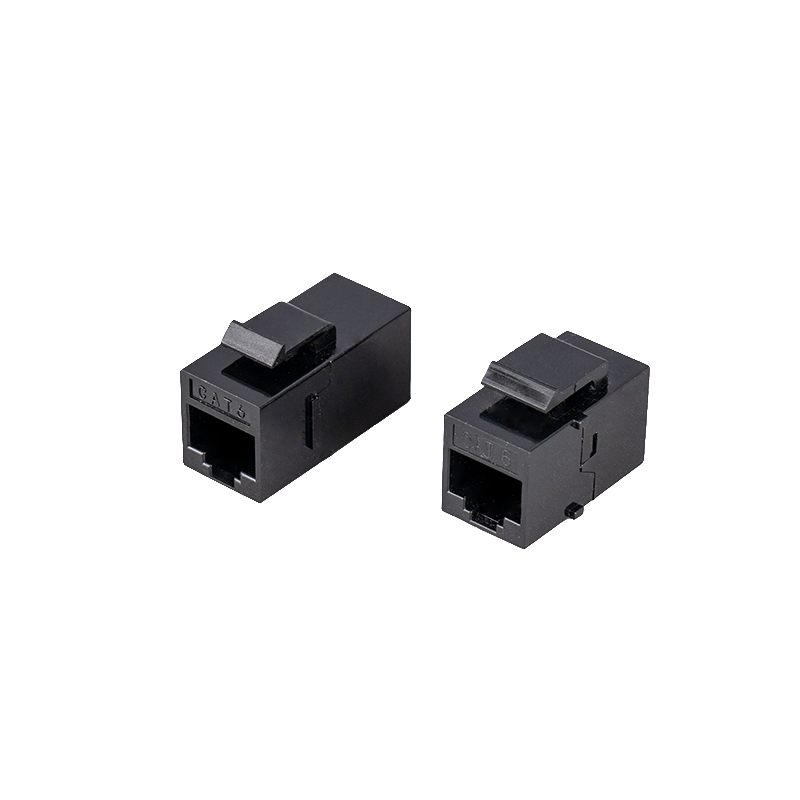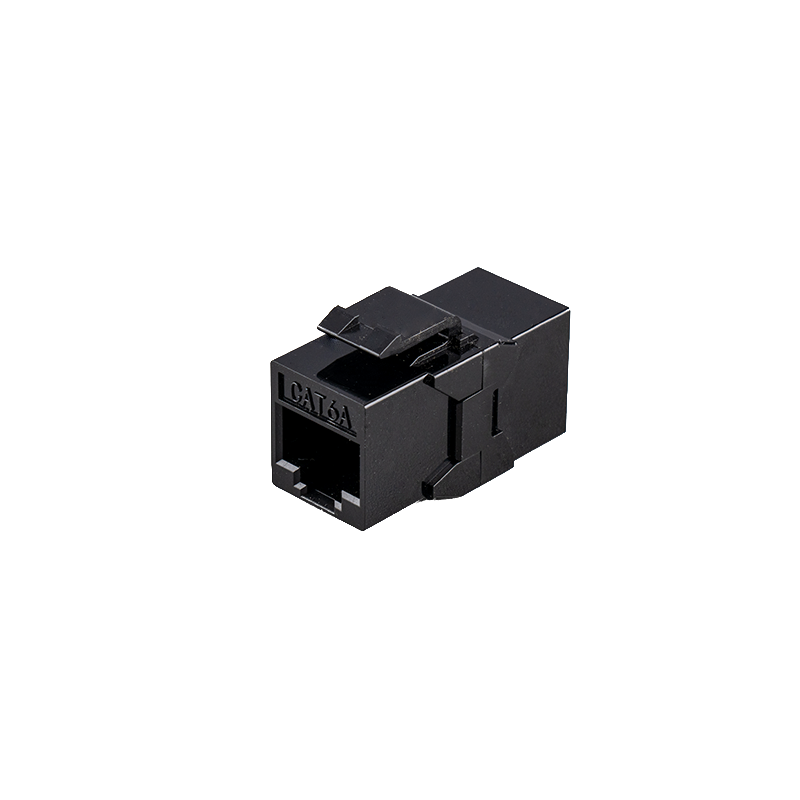Cost-effectiveness and performance considerations of Unshielded Modules in data center construction: Why is it worth choosing?
The advantages of Unshielded Modules in construction costs are mainly reflected in material costs and installation costs. Compared with shielded modules or cabling systems, unshielded versions are usually more economical. UTP cabling system is a typical example. Its material cost is much lower than the equivalent shielded twisted pair (STP), and the installation process is simpler, without the need for complex shield connection and grounding, thus reducing the overall construction cost.
In the operation stage, Unshielded Modules also show cost advantages. Due to the relatively simple structure, the maintenance cost of unshielded modules or systems is low, and the failure rate is relatively low. In addition, although the energy consumption of data centers mainly comes from servers, storage devices, cooling systems, etc., the use of high-efficiency unshielded cabling systems can still help reduce energy costs to a certain extent, especially when deployed on a large scale.
The performance of Unshielded Modules in transmission performance depends on the specific application scenario. In a data center with a relatively clean electromagnetic environment, unshielded cabling systems such as UTP can provide transmission performance comparable to that of shielded systems to meet the needs of high-speed data transmission. However, in an environment with strong electromagnetic interference, the performance of unshielded modules or systems may be affected, and additional anti-interference measures need to be taken.
The rise of modular data center architecture has enabled Unshielded Module to show advantages in scalability and flexibility. These modules can be quickly deployed and expanded according to the needs of the data center without worrying about complex shielding layer connection issues. In addition, unshielded modules are usually lighter and smaller in size, which is convenient for transportation and installation, further improving the flexibility and responsiveness of the data center.
When selecting Unshielded Module in data center construction, multiple factors need to be considered comprehensively. First, the electromagnetic environment of the data center should be evaluated to determine whether shielding measures are needed to ensure transmission performance. Secondly, the cost-effectiveness ratio should be considered, weighing the relationship between construction costs and long-term operating costs. Finally, attention should also be paid to the scalability and flexibility of the module or system to ensure that the data center can adapt to the needs of future business development.


 英语
英语 中文简体
中文简体












